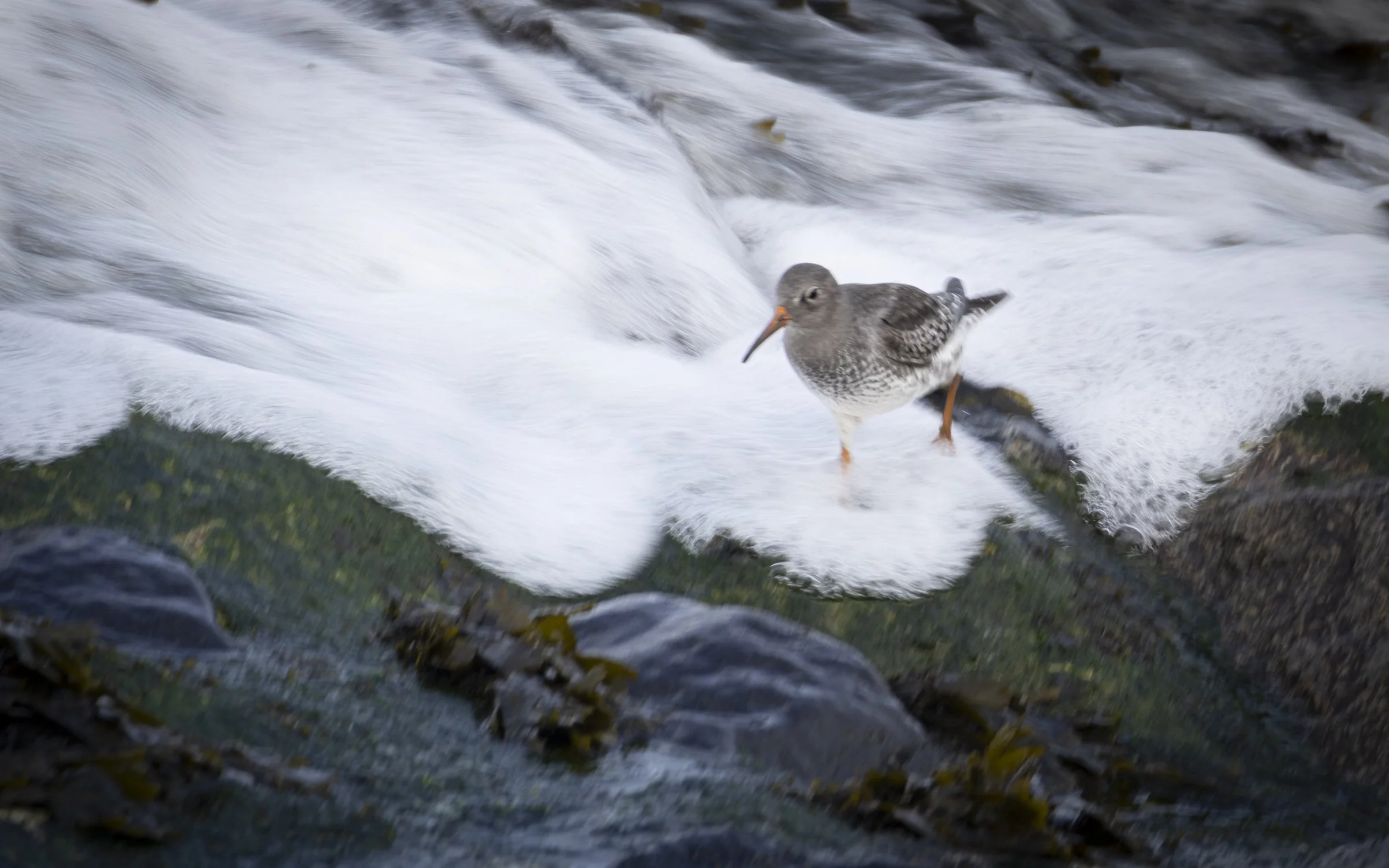For every birder, scientific ornithologist or pure hobbyist alike, it is and always will be special to see, identify and observe a new species for the first time. The German birding community calls this - in a beautiful amalgamation of an English word with German grammar - a “Lifer”. A first observation in ones lifetime.
I had the pleasure to be the Sociable lapwing (Vanellus gregarius) my latest “Lifer”. A male in full breeding plumage payed Central Germany a visit in mid March. In Europe, the Sociable lapwing is an extreme anomaly. It breeds far eastward in the steppes of Central Asia and winters in the Indian subcontinent respectively. The Sociable lapwing lives up to its friendly name, often forming close groups with other related birds. In the absence of fellow Sociable lapwings, “my” Vanellus gregarius teamed up with the Northern lapwing (Vanellus vanellus), which is the common species of lapwing in Europe. How he came here is not known to me. Might be a week of strong(ish) eastern winds that blew him here. He did not carry a ring or some other form of ID that would tell about his long journey. But I don’t care. Today I am a very happy birder.












































































































































